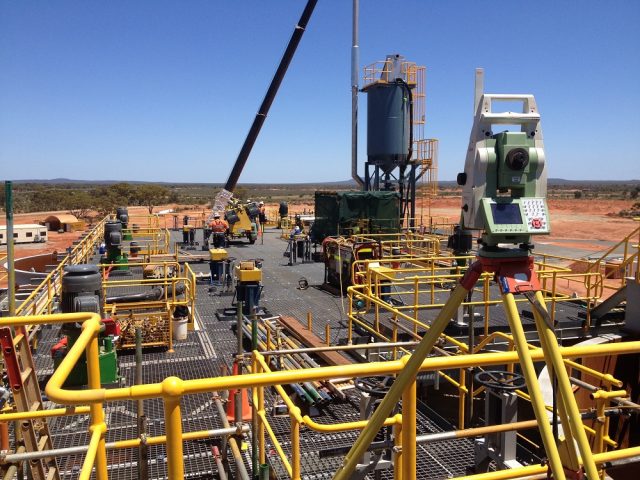There are a variety of reasons to employ the services of a concrete surveyor. These surveys can provide valuable information about the structural integrity of the concrete structure. By identifying cracks and water seepage, plan future repairs and improve the quality of the concrete structure. A survey will also reveal if there are any structural weaknesses or deterioration of the material. This information will help you make a more informed decision about whether or not a particular type of concrete is the best one for the job.
Some surveying methods are more accurate than others. For example, a concrete contractor can use the latest technology to locate defects. A 3-D laser scanning system is a good example of the most modern and advanced surveying equipment. It records hundreds of millions of points in just a few minutes.
This type of technology is perfect for detecting hidden objects such as reinforcement bars, pre- and post-tensioning tendons, glass-fiber cables, and metal pipes or determining the extent of work required. With a depth of 300mm, it can detect the presence of these concealed objects. Its three-dimensional technology allows for detailed processing of the data. The laser scanner is silent and non-intrusive, so it can be used in a wide range of situations. It can detect defects in a building’s structure that might lead to further structural problems. As an added benefit, this technology is used by many large general contractors and concrete contractors. It is also useful for generating CAD drawings and accurately documenting construction progress.
Ground penetrating radar is a relatively inexpensive and also non-intrusive method of measuring the thickness of concrete. This innovative method allows for the identification of construction defects and possible reasons for failure. It is non-invasive, silent, and does not emit harmful emissions. It also enables contractors and developers to make informed decisions. A concrete survey can determine structural integrity. For example, an accurate reading of the density of concrete can help ensure the structure is safe. A thorough inspection can pinpoint potential problems and identify any weaknesses. In fact, most buildings will have structural defects that require a thorough survey. This method can also identify defects that are hidden by concrete. The process of measuring and documenting the quality of concrete is relatively inexpensive. If you’re currently looking for a concrete surveyor for you project, you’ll be glad you did.



